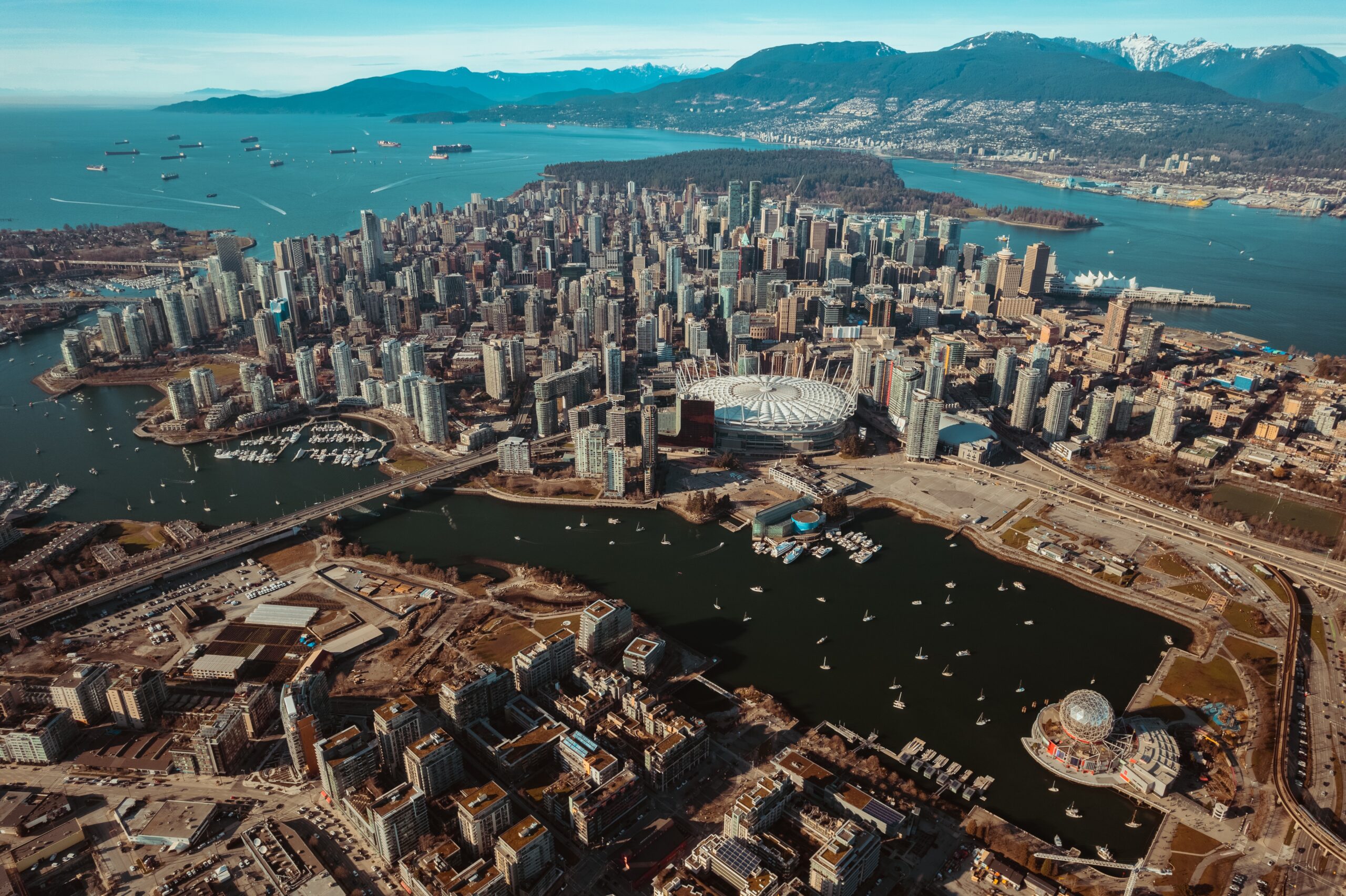THE PROVINCIAL NOMINEE PROGRAM, CHANGED THE CANADIAN IMMIGRATION FOREVER
According to a new study by Statistics Canada, The Provincial Nominee Program had been drastically altered by Canada’s immigration landscape
The PNP was introduced in all provinces except Quebec and Yukon between 1998 and 2009. Its goal is to expand the settlement of economic immigrants outside of Canada’s major cities and meet demand. the workforce in every province and territory.
For the design and management of PCP the province and territories are responsible. There are several different streams that applicants can apply for. While streams vary widely by province and territory, there are several main categories, including job offers, workers without job offers, entrepreneur streams, and international student streams. economic.
The PNP has grown steadily, resulting in 68,000 provincial candidates in Canada in 2019. During that year, the PNP was the largest selection program of economic immigrants, accounting for 35% of all new immigrants in Canada, up from 1% in 2000.
The PNP has grown steadily, resulting in 68,000 provincial candidates in Canada in 2019. During that year, the PNP was the largest economic immigrant selection program, accounting for 35% of all new immigrants to Canada., increased up from 1% in 2000.
Each year, Immigration, Refugees and Citizenship Canada (IRCC) publishes a new Immigration Levels Plan that IRCC uses to guide its operations. By 2023, Canada aims to welcome 465,000 new permanent residents, and that number will grow to 500,000 by 2025. The goals of the PNP Levels of Permanent Residence Plan go far beyond Express Entry, which is the pathway. the federal government’s main economy class. IRCC aims to welcome 117,500 permanent residents through the PNP by 2025.
Distribution of economic immigrants in Canada
The main finding of the Statistics Canada study is that economic immigration decentralization coincides with the growth of the PNP – as the PNP increases, economic immigration becomes less concentrated in Canada. The provincial distribution of new economic immigrants has changed dramatically from 2000, when there were almost no provincial candidates, until 2019.
In particular, the percentage of immigrants intending to settle in Ontario (mainly Toronto) fell from 61% to 42% during this period. Rates heading to British Columbia also dropped slightly, from 17% to 15%.
In the Prairie provinces, the share of immigrants arriving in both Manitoba and Saskatchewan has increased from almost zero to about 7%. Alberta has seen an increase in its claim with the Atlantic provinces, with their overall share rising from 1% to 7%.
Changing characteristics of provincial candidates
As PCPs have evolved, the characteristics of those selected in the program have changed dramatically.
The most significant change has been the tendency to select economic immigrants with income from Canada prior to their arrival, i.e., temporary foreign workers. The proportion of provincial candidates aged 20 to 54 previously temporary foreign workers increased from 6% in 2002 to 61% in 2019 and 72% in 2021.
Research has shown that immigrants who were previously temporary foreign workers have better labor market outcomes, both in the short and long term, than immigrants with no previous work experience. in Canada.
There has also been a large increase in the number of PCP immigrants with experience studying in Canada before immigrating. In 2019, 38% of new PNP immigrants had study experience in Canada before immigrating, up from 7% in 2010.
Another important characteristic is age. Immigration ages have fallen among provincial candidates in the past. The proportion of people aged 20 to 29 at the time of immigration increased from 24% in 2005 to 38% in 2019. According to research, younger immigrants tend to have better economic outcomes than younger immigrants. older people, especially in the long run.
As the proportion of applicants in their 20s increases, so does the proportion of primary applicants without a spouse or dependents. The official language knowledge of provincial candidates has undergone major changes. In 2005, one-fifth of the applicants did not speak English or French. In 2019, the number of applicants who did not speak English or French upon arrival in Canada fell to almost zero, possibly because most PCP programs now require applicants to speak English or French to some extent.
Looking further
Since the founding of the PCP, considerable decentralization has been achieved with respect to new economic immigrants. The features of new provincial nominees have also changed drastically, in ways that improve economic outcomes.
The continued growth of the Provincial Nominee Program is likely to continue to drive the trend towards greater decentralization of immigration by region, in order to better respond to the demographic and labor market challenges facing regions. different from Canada.
The studies are live proof that shows, the number, and characteristics of provincial nominee’s settlement patterns changes over time and influence their occupational and demographic roles.





